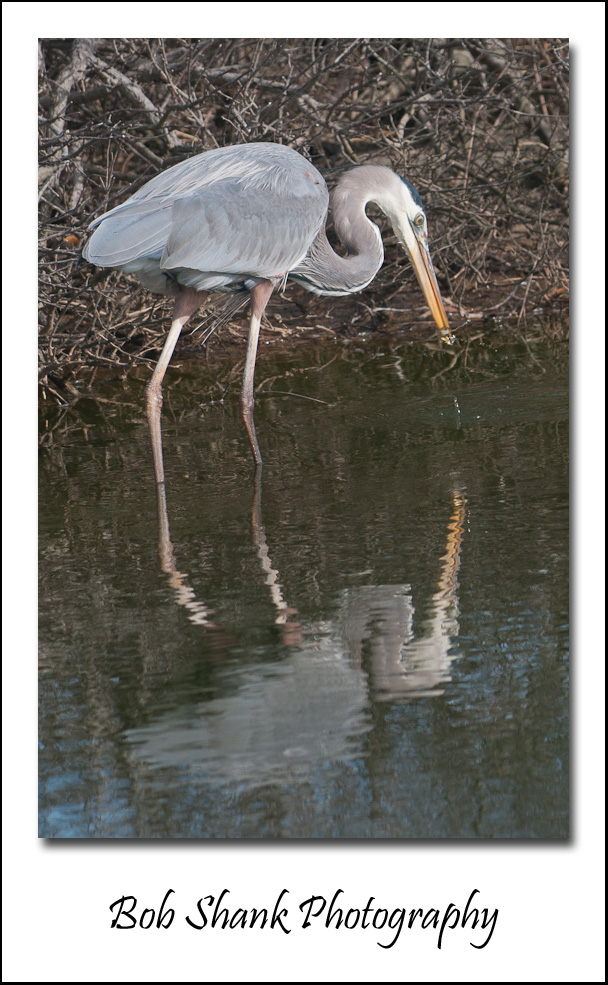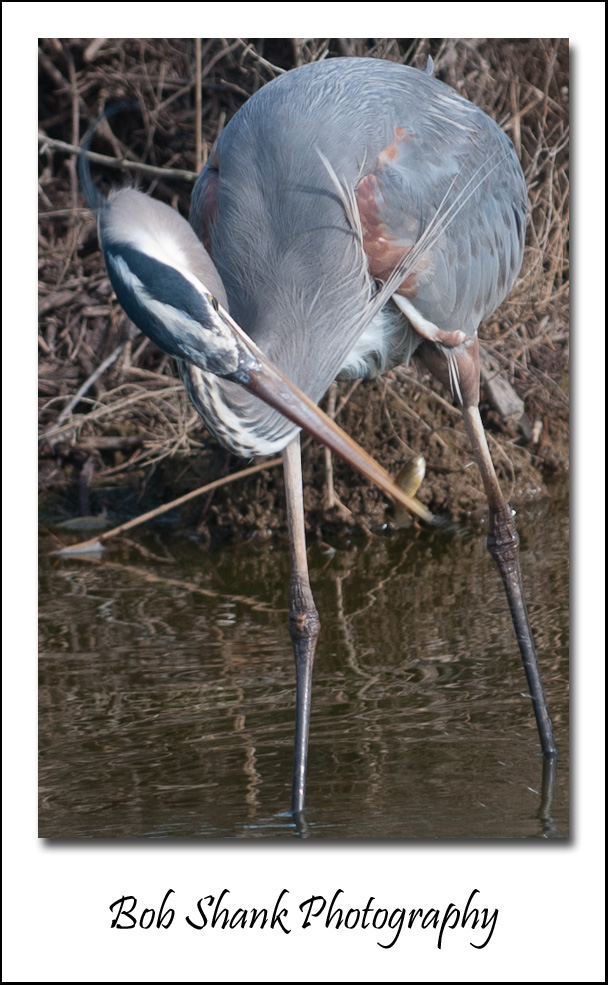Sometimes, many times in fact, the background of a photograph can make it or break it. Baseball season will soon be here and when I am photographing a ballgame, I try to eliminate as much of the background as possible. This helps draw attention to the main subject–the baseball player in this case. The same is often true in wildlife photographs. Animals blend into their habitat very well, which is partly what keeps them safe from predators.
A photographer can use a large f-stop to blur the background out of focus as one tool to eradicate a busy background. But one simple way is to position yourself so the background is not busy to begin with. This, of course, is not always possible but it is something I try my best to pay attention to when photographing a subject.
Then, every once in a while, I capture a background in a photograph that I really like! This is rare for me, but just today I was looking through some photos I captured on my recent trip to Chincoteague. I was scrolling through a number of photos I took in sequence. Many of them looked all alike, until I got to a few where the water was a neat blue color. I stopped scrolling and examined these photos more closely. What was it about this photo that made me stop? Yes, the background! The deeper blue water in the background of this photograph left an impression on me. It caused me to stop and pay much more attention.
Pay attention to the backgrounds in your photographs. They are an important part of the way a photograph is seen and interpreted. Backgrounds are important so they do demand our attention. Blur them out, eliminate them, and then sometimes, every once in a while, choose to highlight the background. You just might be surprised how it contributes to your subject!


